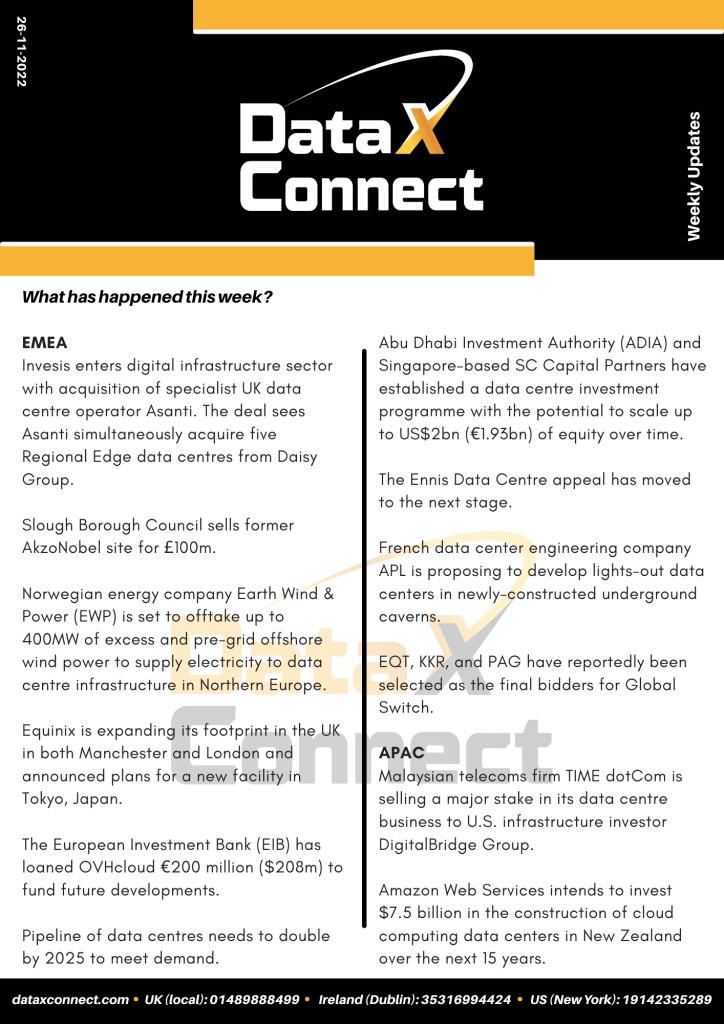Andy Davis talks about the effect podcasts have on the data centre industry and how the sector has changed to tackle talent shortages.
Read the whole magazine at Data Centre Magazine here or check out the Inside Data Centre podcast here to get up to date information and news.



























